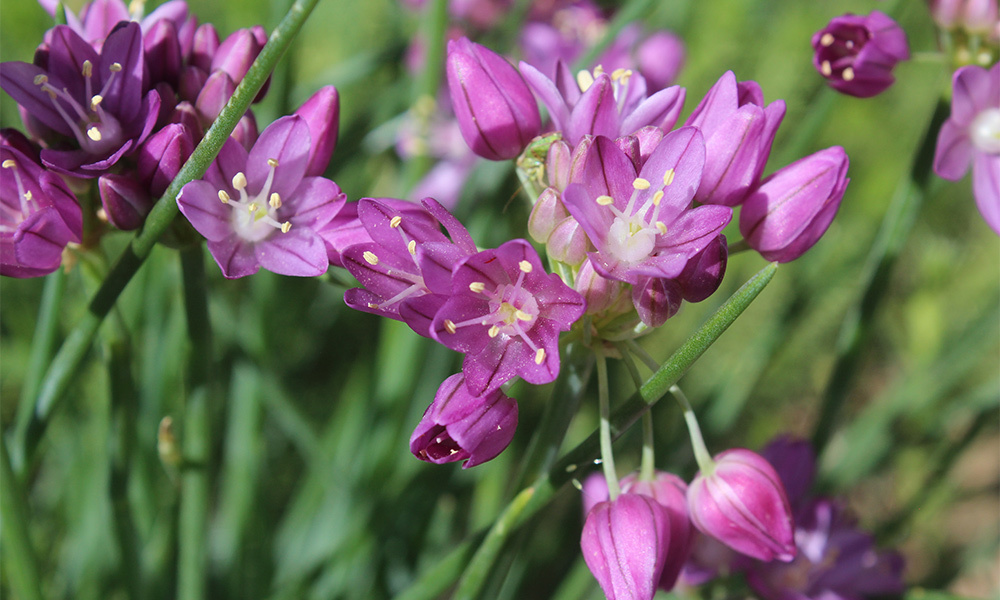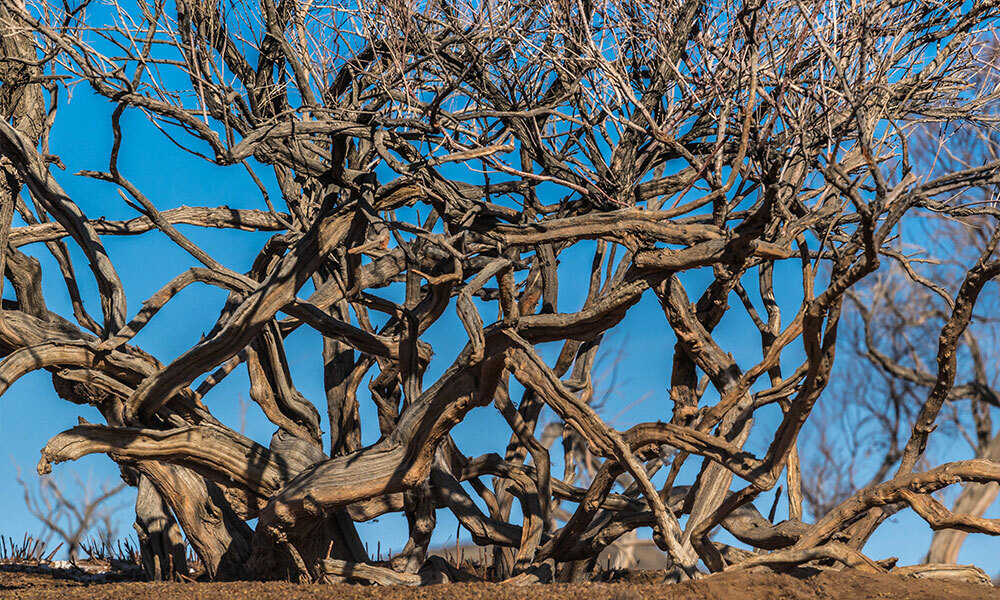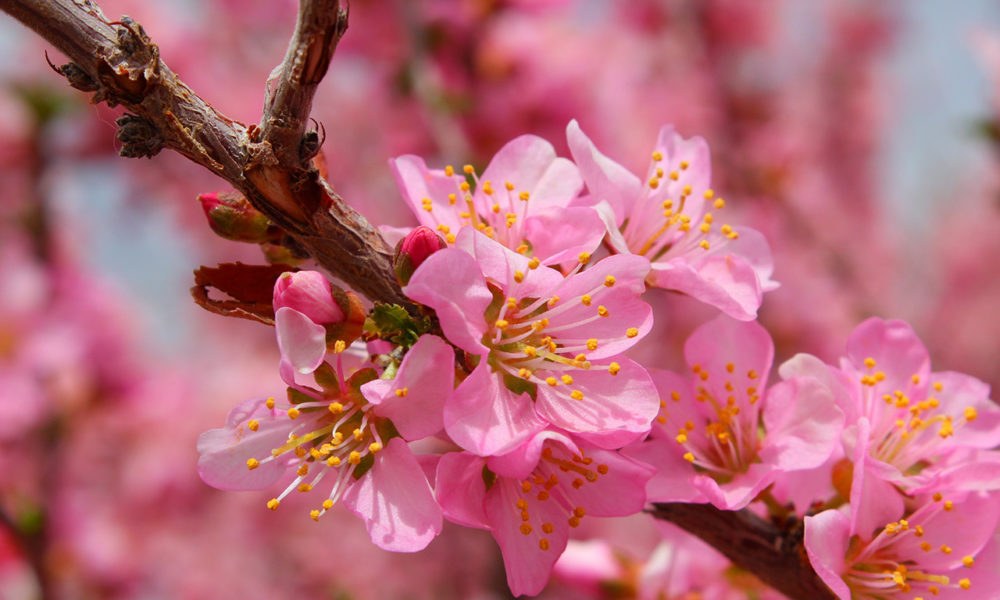While a desert by every definition, the Gobi is hardly a lifeless expanse, as its widespread ecosystems include Desert Steppe, Semi Desert and True Desert. There are vast sandscapes of rolling dunes and barren cliffs before horizons of stark limestone. There is also the vegetation of the grassland areas of the Eastern Gobi Desert Steppe. And despite the harsh extremes of climate, drought-adapted trees, shrubs and flowers persist. The various regions and differing soil types of the Gobi have given rise to surprising species, providing expanses of lush green and beautiful punctuations of color. Visitors here discover incredible terrains with an otherworldly quality and mesmerizing beauty that is never forgotten.
Bridlegrass & Needlegrass
Desert Steppe vegetation is dominated by perennial grasses and onions. It also supports a range of perennial shrubs and herbaceous flowering plants. The most prominent grasses include Bridlegrass (Cleistogenes Soongorica) and (Needlegrass Stipa Gobica and S. Glareosa). Annual grasses appear after rains and are essential to providing nutritious fodder on the range for the livestock of local nomadic herders.

Mongolian Chives
Commonly found all over the Gobi, locals and the animals consume this wild onion, sometimes referred to as the “desert onion.” A perennial, it grows in clumps like chives with small bulbs of yellowish-brown skin. Featured in traditional Chinese medicine, the wild Mongolian Chive (Allium Mongolicum) is treated similar to scallions in kitchens throughout China and Mongolia, where its fragrant pungency is essential to the filling of tradition steamed dumplings.
Saxaul Tree
In the True Desert of the Gobi, vegetation is dominated by low perennial shrubs which are tolerant of extreme drought. Grasses and forbs here are typically sparse or absent. However, the Saxaul Tree (Halohylon Ammondendron) above all is prevalent due to its nature of being able to survive in the harshest of environments on small amounts of moisture. Located in regions of stony and pebbly terrain, it can be found in great numbers in wide valleys the locals call forests. Famously its wood is so dense that it does not float, while the bark is uniquely spongey and absorbs water. Almost leafless, its underground system of intricate, long roots helps prevent sand drifts and soil erosion. The Saxaul can also be a lifesaver to someone dehydrated in the Gobi, since water can be easily obtained by squeezing its bark.
Siberian Elm
One of the largest trees in the Gobi, the Siberian Elm (Ulmus Pumila) ecosystem is sandy or pebbly watercourses which occasionally flood, and where groundwater is readily available—yet ground-level vegetation is very sparse or almost absent, with occasional shrubs. These elms form a patchy canopy and their leaves provide a “drought-proof” food resource for camel herds. Siberian Elm may have once been more widespread and numerous, yet it is suspected the trees may have been depleted through harvesting.
Peashrub
Dominant shrubs in the Gobi include Peashrub species. This shrubby legume is also dominant over much of the Tibetan Plateau in the transitional area between the cold, moist grasslands of the east and the cold deserts of the western plateau. To the western part of the Gobi, Peashrub forms unique steppe vegetation, commonly found in stony light textured soils of flat steppe with small hills and mounds. The sandy soils are most common with Bunge’s Peashrub (Caragana Bungei) and Spiny Peashurb (Caragana Spinose), while to the eastern part of the Gobi is rich with Pygmy Peashrub (Caragana Pygmaea).

Salt Cedar
Commonly found growing in a patch, Salt Cedar trees are commonly found on riverbanks in the Gobi, and grows to be about 4 meters. Also called Tamarisk (Tamarix Ramosissima) it blooms in the early summer to the beginning of fall, creating flowers of small white, pink or bright purple flowers. Very salt-tolerant, its main habitat is the salt-rich Junggar Basin region of the Gobi. Its tolerance to extreme conditions has happened to cause it to be a hard-to-extinguish invasive species in North America.
Poppy
One of the endemic vascular plants of the Gobi is a species of Poppy (Papaver saichanensis) most commonly found in the Yol Valley of the Gurvan Saikhan mountain range. A gorgeous flower, it occurs in the Mongolian mountains, belonging to a group of species occurring mainly on continental Asian mountains. Maps of distribution in the Gobi Altai and adjacent ranges indicate that it is highly fragmented and occurring in fewer than a dozen locations.

